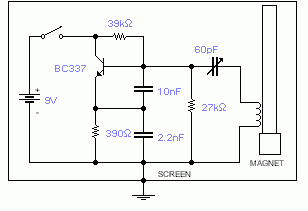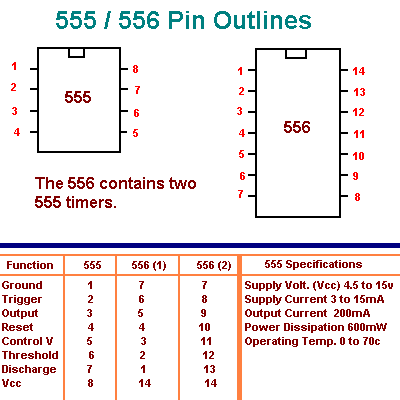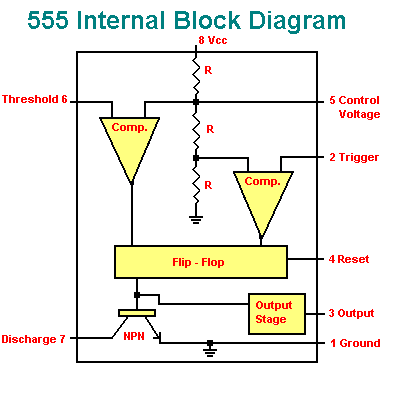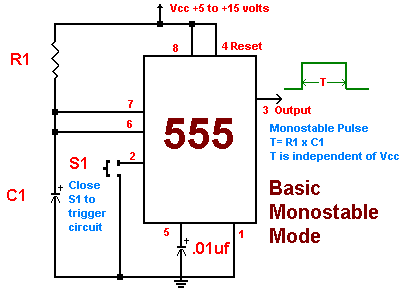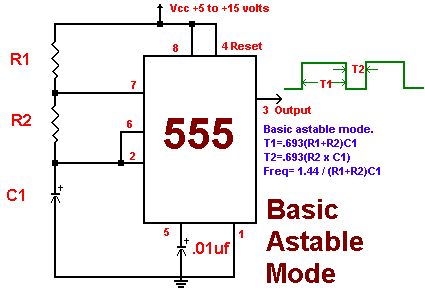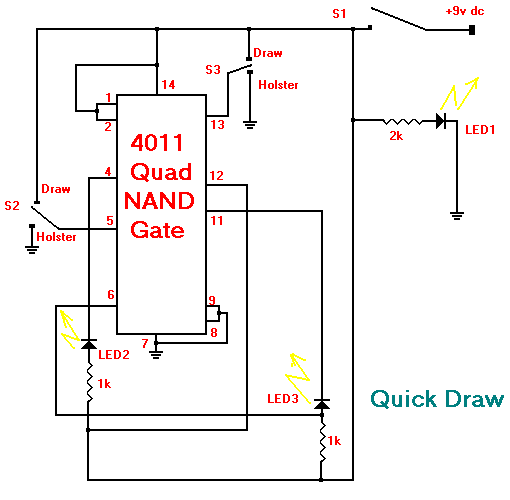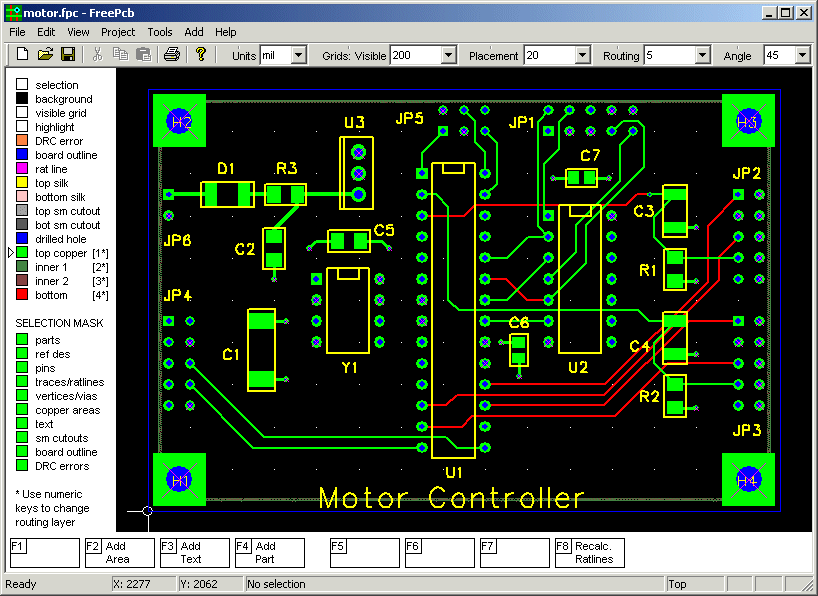APPLIANCE TIMER-CUM-CLAP SWITCHWhen planning for a weekend outing to return late in the evening, we are often in an ambivalence whether to leave the staircase/outside light ‘on’ or ‘off.’ We sometimes miss our favourite TV programme because we forget to switch on the TV in time. If we are in the habit of taking an afternoon nap, we either turn on the mosquito repellent earlier than required or get up being bitten by mosquitoes. The timer-cum-clap switch presented here can solve all these problems and many more. It is a simple circuit that can be programmed to turn on household appliances like lights, fans, TV sets, music systems, etc exactly at a preset time and turn off at
another preset time automatically, thereby saving on electricity. You can turn the appliance ‘on’ or ‘off’ with the clap of your hand, if so desired, without having to touch the unit physically.
The transistor-based timer circuit uses readily available components, is easy to assemble as well as inexpensive, and can be programmed to switch on/off a load from one second to 100 hours in advance. To make the circuit cost-effective as well as simple to construct, a general-purpose
digital clock is incorporated as the basic timing device. The alarm output of the clock is used to toggle the output power supply for switching an appliance ‘on’ or ‘off.’
Construction and WorkingTransistors T6 and T7 are configured as a bistable flip-flop that has two stable states. Transistor T7 will be in cut-off mode corresponding to transistor T6 in conduction mode, and vice
versa. When transistor T6 conducts, its collector potential is very near to the emitter potential, i.e., ground, and therefore there is no base current to transistors T7 through R6. Thus, transistor T7 is in cut-off state. The collector of T7 is above ground potential and the current flows through resistors R7 and R13 to maintain the base current of T6. Thus, T6 remains in conduction state and T7 in cut-off state indefinitely. Now, if a voltage pulse is applied to the base of transistor T7 from some external source, a momentary base current will trigger it into conduction and its collector potential will come down to near ground potential. Thus, the current flowing through resistor R13 will pass through the collector of T7 and there will be no current through R7, making T6 go into cut-off state and thereby raising the collector potential of T6 to some positive value. This, in turn, will keep T7 conducting. Now the base current of T7 will pass through resistors R14 and R6. This state will sustain until some external voltage is applied to the base of T6.The external voltage pulse (for switching) is taken from two sources: the alarm output of a clock or the sound picked up by condenser microphone ‘M’ after proper amplification by transistors T1, T2 and T3. Since most of the digital clocks give out negative pulses to the buzzer (whose other end is directly connected to the positive terminal of the battery), a reverse diode (D8) and a
pnp transistor (T10) are used at this stage. The negative pulses are rectified by D8 and filtered by C9 to supply a steady base current of T10. Otherwise, the output will become noisy because of the pulsating nature of the alarm. (If the clock gives out positive pulses, T10 can be replaced with an
npn transistor like BC547. Diode D8 has to be reversed and R18 has to be connected between the base of T10 and ground.) The external voltage pulse is fed at the common emitter of transistors T4 and T5 through capacitor C8. When the alarm starts (sending negative voltage pulses), capacitor C9 discharges through D8 and, at the same time, charges through R19, thus triggering the base current of T10. The emitter current of T10 charges capacitor C8,which passes through the emitter of either T4 or T5 depending on their bias. When T6 is conducting, T4 is forward biased and the voltage pulse is fed at the base of T7, bringing T7 into conduction and T6 into cut-off mode. This makes T5 forward-biased and T4 reverse-biased. The next voltage pulse, either through T10, D1 or D2 corresponding to the clock alarm, clap sound or operation of the reset switch, sends a base current of T6 through the emitter of T5 and the output changes over. When clap switch is not required, S2 can be turned off. S3 is the reset switch (push-to-on type), which is used to toggle the output between ‘on’ and ‘off’ states. R10-C7 and R8-C6 are parallel paths to R7 and R6 for quick switchover of the bistable latch. Two AA-size batteries supply 3V DC to the clock and maintain a positive voltage to the collectors of T6 and T7 through diode D7. This keeps the circuit active during power failures also. A step-down transformer supplies 12V DC to the relay coil and sound amplifier section. Diodes D5 and D6 are rectifier diodes and C5 is the ripple filter capacitor. Diode D4 prevents the 3V battery from draining out into the rest of the circuit. The digital clock is a commonly available digital calendar with at least one alarm setting and one countdown timer setting. The digital calendar, being cheap, keeps the total cost of the project low and allows for precise settings of the alarm times. The alarm can be set 24 hours in advance, while a second alarm can be selected in the countdown timer mode, which allows for setting of the time 100 hours (99:59:59 hours to be precise) in advance. Availability of more than one alarm setting in the clock will give the added advantage of setting multiple switching times. Instead of the digital calendar, any other digital clock or battery-operated quartz clock (with alarm) can also be used as the basic timing device, though the alarm time setting is less precise in case of the latter. Instead of one clock, multiple clocks can be wired by connecting diodes parallel to D8. Note that once set in the clock mode, the alarm operates daily at the same time. But in the countdown mode, it operates only once. So if an appliance is to be turned on and off daily at the same time without human intervention, at least two digital clocks have to be wired (if the clock does not have two alarm settings apart from the countdown timer). Indicator
LEDs (fixed on LED sockets) show ‘on’ or ‘off’ condition of the output plug.before fixing the clock on the cabinet, open it carefully to disconnect its piezoelectric buzzer. The terminal that shows pulsating voltage during an alarm operation (detected with a multimeter) is connected to the base of T10 through D8 and R19. The internal battery is replaced and the terminals are connected to the external battery chamber with proper polarity. The operation of the circuit can be divided into two parts: clap mode and timer mode. The timer can be put in clap mode by turning on the clap switch (S2). The connected appliance can now be turned on/off by clapping with an audible intensity. The clock timer will function as usual in this mode. While clapping, leave a gap of a few seconds between two successive claps. Thus, the gadget will show better response because it has been designed to consider two overlapping claps as one, ignoring the second one. For timer mode, switch S2 is turned off. The alarm is set at the time when switchover is required. The second switchover time can be set in the countdown timer. For that, the time difference between the present time and the time at which switching is required is calculated and this time is set in the countdown timer. When setting is done, set the output plug as ‘on’ or ‘off’ (as desired) by pressing reset switch S3. While setting the alarm, ensure a delay of at least three minutes between two successive alarm times (on/off) to allow for the first alarm to subside completely. Otherwise, the unit may malfunction (ignore the second alarm).
Circuit Diagram NOTE : Click the image for better Quality
NOTE : Click the image for better Quality

